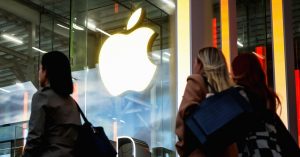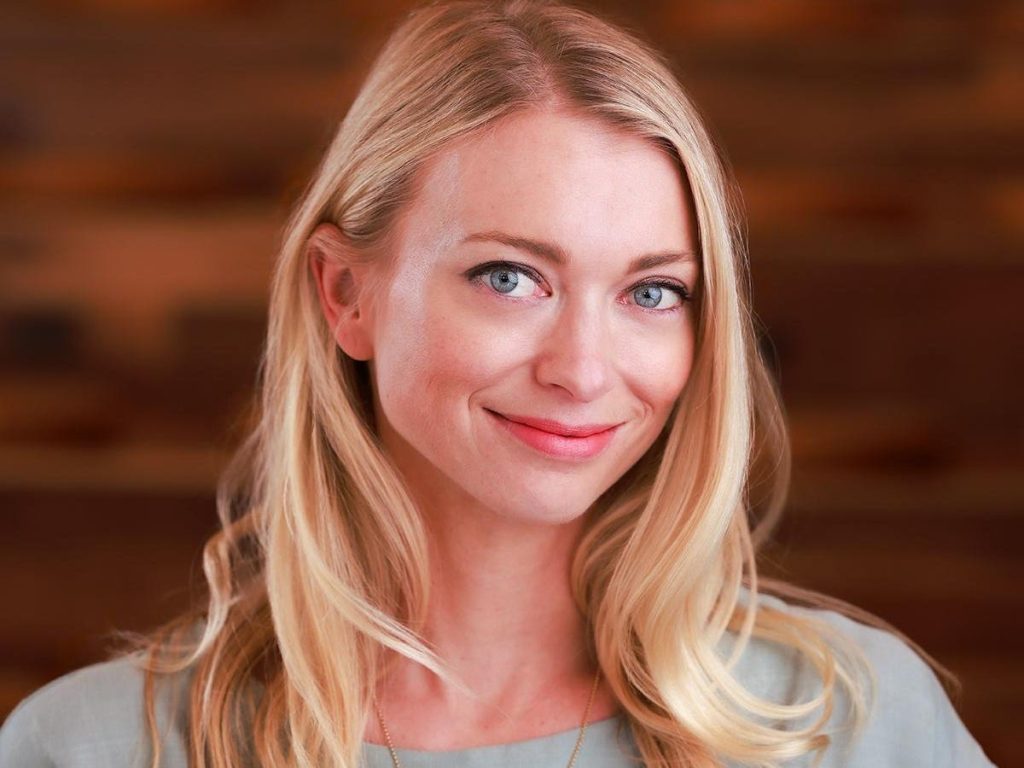When Amanda Bradford coded and launched The League nearly a decade ago, she did it for all the right reasons. She desired a dating app for ambitious singles like her – successful women seeking egalitarian relationships.
The League quickly achieved one of the highest match rates in the industry, with more mentions in the New York Times wedding announcements section than any other dating app. Last year, Bradford sold her company to Match Group (owner of Tinder, Hinge, OkCupid, and other dating apps) for a spectacular $30 million. This is her first intimate on-the-record interview since.
This month, Bradford announced the launch of The League’s redesign with a new national advertising campaign, “Be a Goal Digger.” The app includes a fresh new feature – GoalMates – offering a personalized approach to human connection by putting goals at the forefront, allowing women to identify their ambitions for marriage, money, travel, kids and more. The League remains the only dating app entirely engineered and coded by a woman.
“I started The League when I realized, after being single for the first time in almost a decade, that not everyone out there was looking to date or marry a fiercely independent, ambitious female who desired a truly equal partnership,” Bradford said in an exclusive interview with me. “Inspired by the people I had met at Stanford Graduate School of Business, and impressed with the large number of power couples that came out of my class of 300, I had seen first-hand that people who wanted an equally ambitious partner did exist. Though the dating app market was crowded, there was no app catering to singles who desired this type of relationship. So, I decided to put my MBA and my Carnegie Mellon undergrad engineering degree to use and build the app myself!”
Today, Bradford states, The League is more than a dating app. It is a community platform for meeting goal-oriented, equally-motivated humans. “In fact, we just launched GoalMates, a new product integration, as part of our larger Be a Goal Digger campaign, ushering in a new era of dating where goals and goal-setting take center stage,” she explains.
After deciding to build her own dating app that required a higher degree of investment by users, Bradford wire-framed a basic app, designed and coded a simple matching algorithm, and contracted a junior iOS engineer to build out a minimum viable iOS app to prove The League’s hypothesis. She modeled The League after college admissions, requiring users to submit an application and get accepted, and designed the interface to sync with and showcase impressive LinkedIn resumes, rather than just focusing on photos and attractiveness.
At the same time, Bradford began recruiting successful men from her networks at Stanford, Carnegie Mellon, Google, and Salesforce – men who were single and looking for an equal relationship. Once she had them signed up, she asked them to refer friends who were interested in dating ambitious women. She then helped these progressive men launch on The League with “their best foot forward.”
The women Bradford approached loved the idea so much that they started recruiting friends to join the app before it had even gone live. Throughout the entire development process, she organized dozens of singles mixers, requiring attendees to sign up for a waitlist to attend, and meeting everyone in person, telling them about the mission of the app and asking them to invite friends.
Fast forward to nine months later, and Bradford had a minimum viable product ready to launch in San Francisco. Soon, The League expanded to NYC and LA. With the app’s early traction, Bradford was able to close a $2.3M angel round that gave her the capital and credibility to hire a VP of engineering and relaunch with a freemium model that offered a monthly subscription tier. Less than a year later, the business was profitable – and as a result, Bradford was able to maintain majority ownership and control.
As the League continued to grow, it became clear to Bradford that joining a larger entity with relevant experience would give her company the best chance of breaking out and becoming a world-renowned premium dating brand. Teaming up with Match Group also meant a better outcome for users, Bradford explains, as Match software improves the safety and security of The League. Match’s marketing engine also has increased the size of The League’s dating pool significantly. “Finally, and most importantly, I’m getting to hire a best-in-class leadership team,” Bradford says. “These are all things I’ve dreamed of doing for the last nine years.”
These days, The League is used in 155 metropolitan areas across the globe. It offers a free version and three types of membership (owner, investor, and VIP) to satisfy a wide range of user needs.
“Creating The League was an incredible experience for me that allowed me to use every facet of my creativity and technical skills, from copywriting emails, to running focus groups, to party-planning, to networking, to designing algorithms and app interfaces,” Bradford says. “I only realized I had discovered my life’s purpose after I had spent 20 straight hours building our first website without ever wanting to rest, and found I was having the time of my life crafting the vision, mission, and brand personality of The League.”
The positive impact Bradford has had on men and women across the globe continues to inspire her. “Hearing the success stories of people who married and had children with matches they met on The League never gets old,” she recounts. “Hearing about women finding partners who support their ambition is incredible to hear.”
To aspiring entrepreneurs, Bradford says, “To find your life purpose, you have to be willing to trust your instinct. My instinct told me to build the product that I myself wanted to use! It was like the stars aligned. My favorite compliment was from business school friends who told me they couldn’t imagine a better career fit for me than being the founder of The League. Once you’re doing the heavy lifting, you’ll realize where your strengths and passions lie. I think life’s purpose lies in finding the intersection of those things.”
Read the full article here










